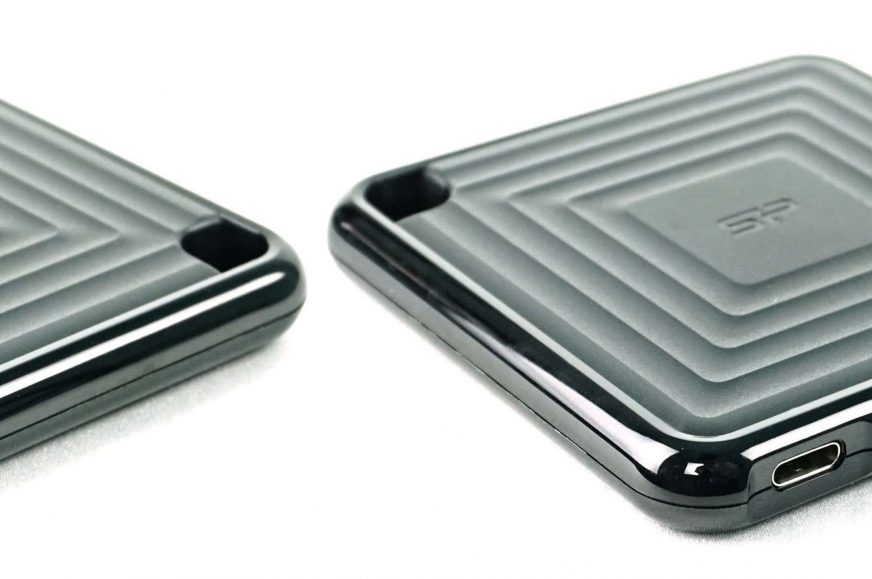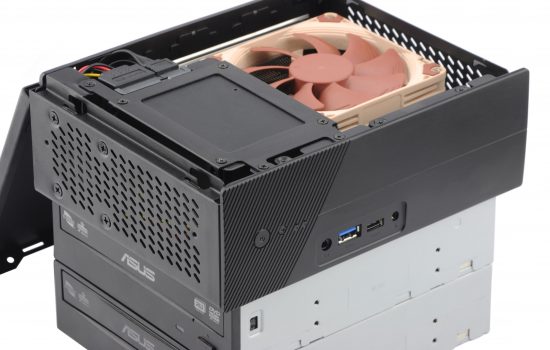Write
External SSDs are one of the newest types of computer accessories, and I’ve got to like them in recent years. Compared to USB memory sticks, they offer higher speeds and, above all, higher capacity. Yet at the same time, they are still small enough for comfortable carrying in a pocket. We’ve expanded our results database of tested storages with the low-budget PC60 model from Silicon Power.
Write: practical tests
Practical tests in Windows show that the PC60 does not reach the speed specified by the manufacturer, even with large files. It therefore peaks at the end of the starting point of SSDs tested so far. The exception is with the smallest files, where it achieves the second best result, which is quite surprising.
Write: synthetic tests
Synthetic tests of writing show slightly better results than we have seen with the practical ones, but it still does not reach the speed stated in the paper specifications. We can also see from AS SSD that compared to NVMe SSD disks, the PC60 has a significantly slower access time, while TB3 models suffer from this too.









